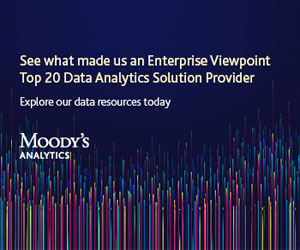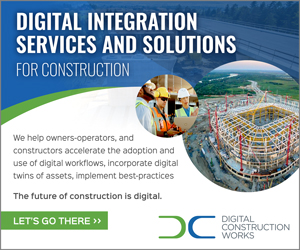For the past 30 years, the physical access control and smart lock industry have done a fantastic job of keeping bad people out and society safe. Full stop.
Sure, there are tragic examples, but overall, the sector delivers on its promise. The access control and smart lock industry has provided this because it has specialized on the fundamental single value proposition of keeping people safe, keeping the risk to itself, and being consistent.
The physical access control and smart lock industry has had a “no and slow” approach to achieve this. And for good reason. By saying no and going slow to integrate with other systems, being open, mainstream pressures, adopting technology, and changing, the conventional wisdom of our industry is, “This is what is needed to deliver on our promise.”
Overall, this approach has been a very successful feature of the industry.
But what happens when your feature becomes a bug?
What happens when an industry with founding principles it believes is needed to do its job effectively creates an external brand of “no and slow?”
Result: Friction. And a lot of it.
Friction in the business, in the markets, in the channel, and ultimately with customers.
The physical access control and smart lock industry are under attack by technology, new point of view, new truths, and a customer base searching for yes.
And it is terrific.
Why?
Result: Opportunity.
New opportunities for ideas, voices, growth, revenue, stakeholders, and value propositions, and it is the belief in a much higher level of security and safety coupled with conveniences. Sure, there are also secondary effects, negatives, and reasons why these new truths should be approached with caution, conversation, and curiosity.
But the positive outweighs the negative.
What is causing all this change? Like many industries, the physical access control and smart lock industry is undergoing a digital transformation accelerated by the pandemic.
Overnight we saw the following changes accelerate:
- Cloud-based architectures went from being a nice-to-have to a must-have (historically: Onsite was the enterprise preference. Cloud was for small to medium businesses).
- Everyone became a visitor to physical spaces (historically: visitors were unknown, but employees were known, so we only needed to worry about visitors and health attestation, for instance, wasn’t something we worried about for our employees. They had a badge or fob so they could enter).
- Safety was redefined to include health and wellness (historically: safety was keeping bad people out and people physically safe from harm)
- Mobile computing was not only a form of credential (e.g., Apple Wallet) but a digital interface for our products (historically: mobile was considered a “cute and fun idea” but not a widely adopted modality).
- End users became a stakeholder we engaged with (historically: they were a card or fob, and we didn’t engage with them. The admin was the customer).
Lastly and most importantly, the physical access control industry saw an accelerated digital transformation that has moved it beyond the convergence of IT and has been moved into the world of enterprise software.
The impact cannot be understated. With the change comes a ton of new.
New attention from Big Tech like Apple and Google with their wallet products.
New attention to our system’s data or at least the need to get access to the data. The access control industry is now in the information business centered on security. Not just security.
Renewed effort and demand for interoperability and standards across all products.
New channels and service providers, such as Systems Integrators, middleware companies, and applications that go beyond access control.
And lastly, a focus on vertical solutions as customers in multifamily/residential, hospitality, commercial real estate, and the enterprise demand solutions that serve their needs deeper and broader. No longer is it acceptable to bring systems built for other verticals, say airports, and apply them to different verticals, like the Enterprise.
So what should you do?
- Expect more from your system. It should keep bad people out and let the right people in, help with your workflows and optimize. Be curious about the art of the possible.
- If your current system cannot deliver the experiences and functionality you want, look to add a middleware or application on top. There are a ton of companies out there able to help. Here is a resource for you to identify those companies.
- Think of access control as a utility that can help reduce your Total Cost of Ownership (TCO) and increase your Return on Investment (ROI).
Like what you read here? Check out Lee Odess’s Access Control Executive Brief. Monthly, Lee writes about trends, insights, and impressions of the global access control and smart lock industry. Lee Odess is a globally renowned access control influencer, thought leader, consultant, speaker, and author who has spent his career reimagining the role of access technology in modern connected living experiences. Please find out more information at www.leeodess.com or connect with him on

















